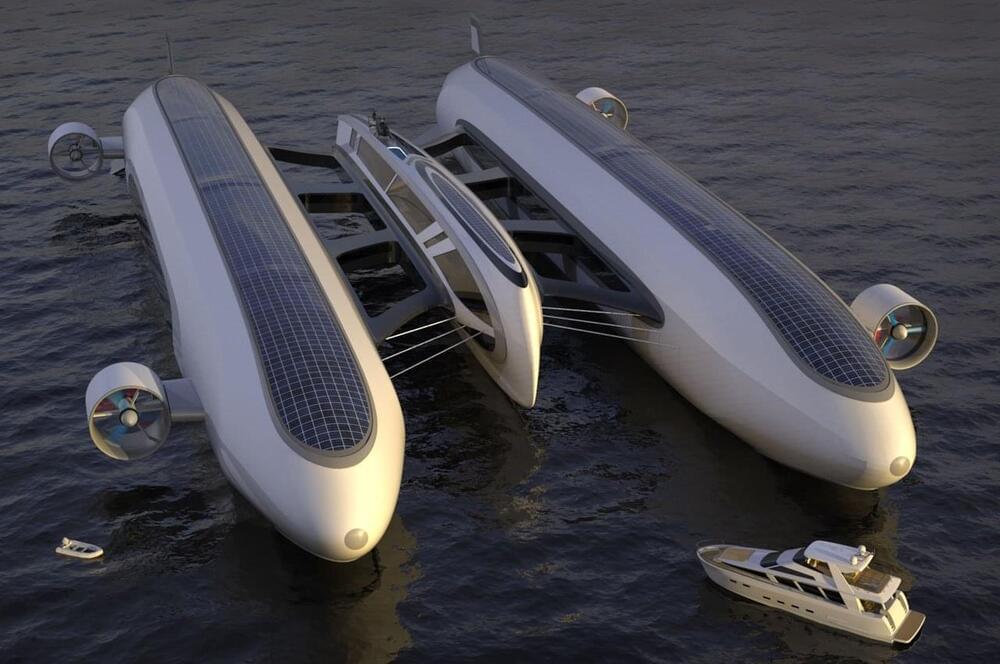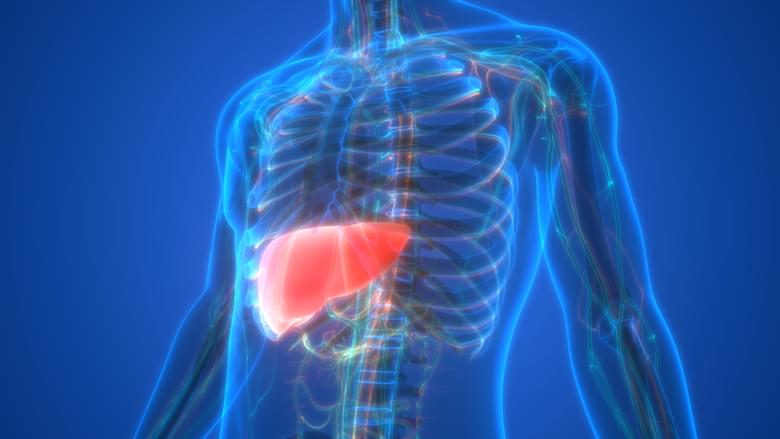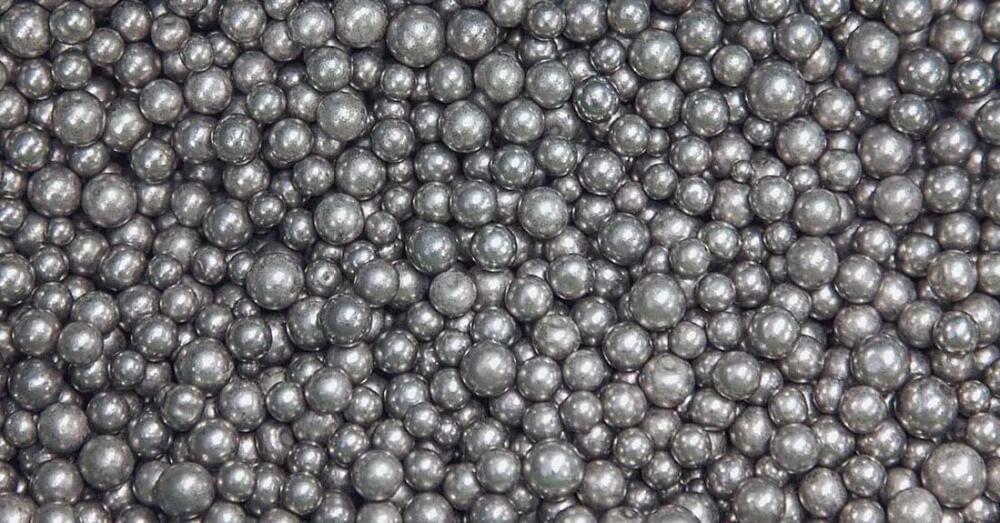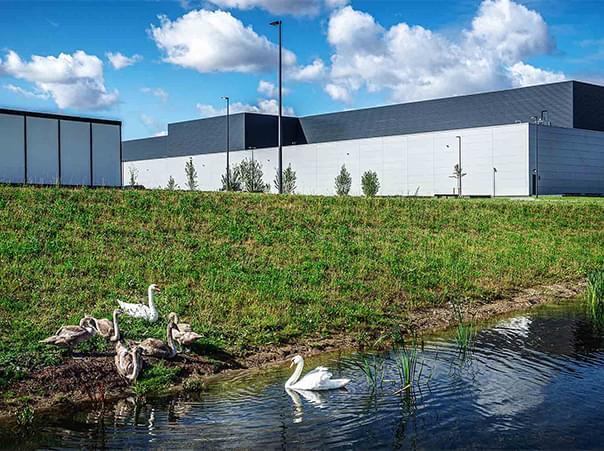Jan 13, 2022
Lazzarini Design’s gargantuan helium-powered airship glides on water too
Posted by Shubham Ghosh Roy in categories: futurism, transportation
Italian design outfit Lazzarini Design Studio is known for its larger-than-life concepts that give us a deep dive of transportation in the future. Their new concept design breaks all the confined barriers of propulsion on water and in the air, taking things to the next level with the Air Yacht.
This compressed helium-powered flying yacht (yes, an airborne yacht!) is targeted towards private owners who will stop at nothing, and push the envelope of adventure – laden in luxury and style. The mega yacht (or should I say a big catamaran) measuring 492 feet will be a revolution in the aviation industry with its twin airships filled with helium. These gigantic airships will be connected via a central carbon deck measuring 33 feet wide consisting of a master cabin, living area, and a large dining section. The outer edges of the airship have five en suite staterooms each, so taking along best buddies for the adventure of their lifetime is certain.


















